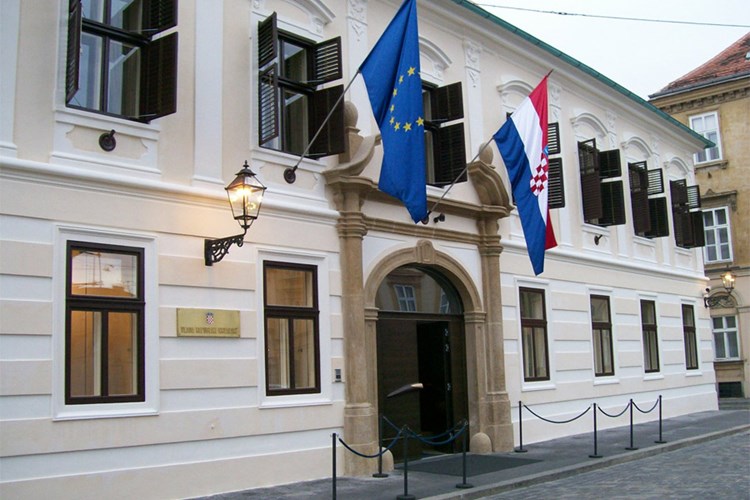How the Government works
This web page is currently under construction
In the Republic of Croatia, state authority is organised on the principle of the division of power into legislative, executive and judicial branches.
The Government of the Republic of Croatia exercises executive power pursuant to the Constitution and the law. In the exercise of executive power, the Government determines, directs and aligns the implementation of policies and programmes and to that end proposes and adopts strategies, issues guidelines, adopts acts and undertakes other measures necessary to regulate relations in the sphere of its competence.
The Government proposes to the Croatian Parliament laws and other acts, the state budget and the annual accounts, it executes laws and other decisions by the Croatian Parliament, adopts regulations for the implementation of laws, conducts foreign and internal policies, directs and supervises the work of state administration, takes care of the economic development of the country, directs the activities and development of public services and performs other tasks prescribed by the Constitution and the law.

The Prime Minister
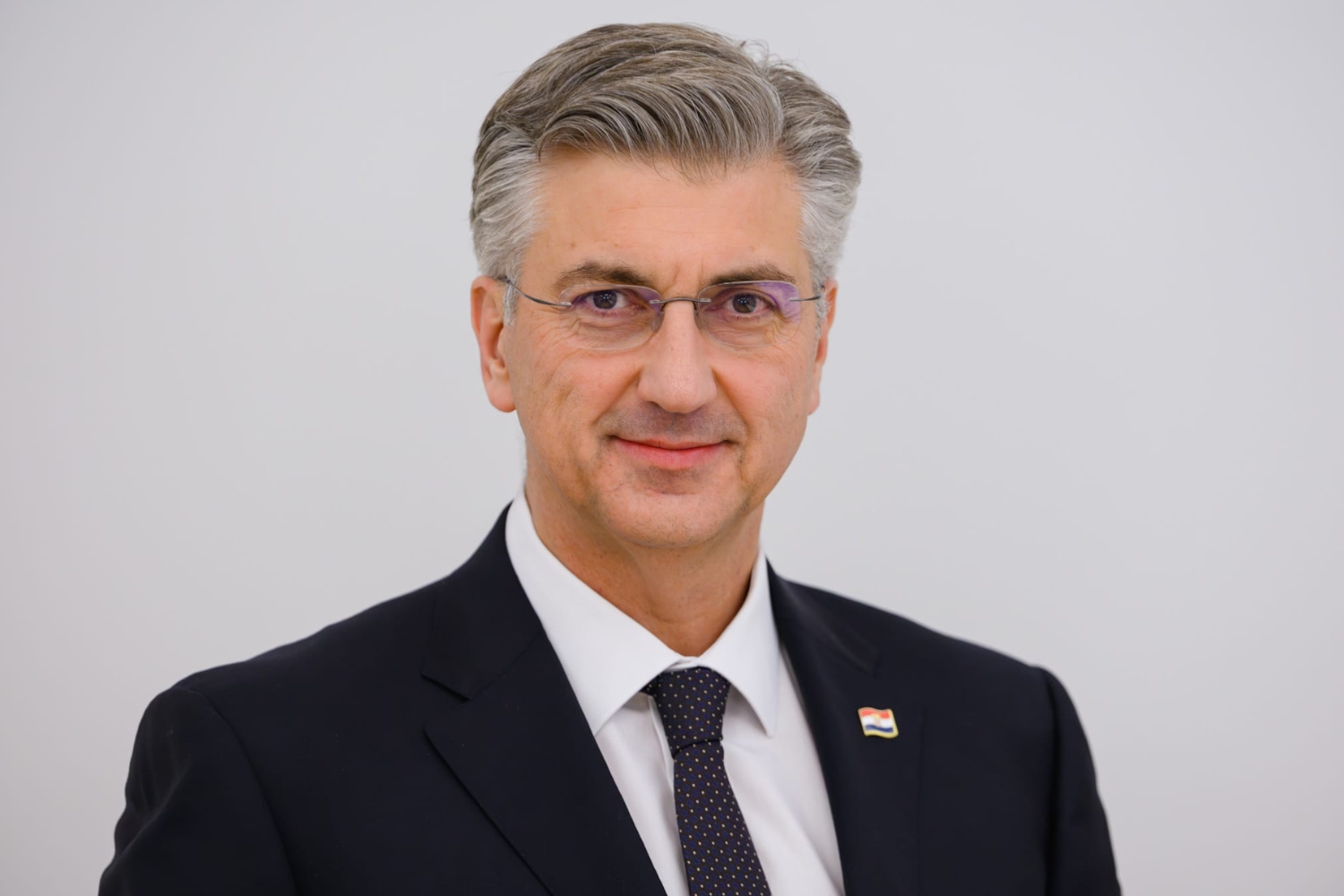
The Prime Minister is at the head of the Government of the Republic of Croatia. Together with members of the Government, he is responsible for the decisions rendered by the Government and the Government is responsible to the Croatian Parliament.
The Prime Minister
- represents the Government
- convenes sessions and chairs them
- manages the work of the Government and signs acts adopted by the Government
The Prime Minister may give members of the Cabinet specific instructions for their work, especially specific tasks, and authorises them to implement and undertake specific projects.
The Prime Minister is Andrej Plenković.
The Inner Cabinet
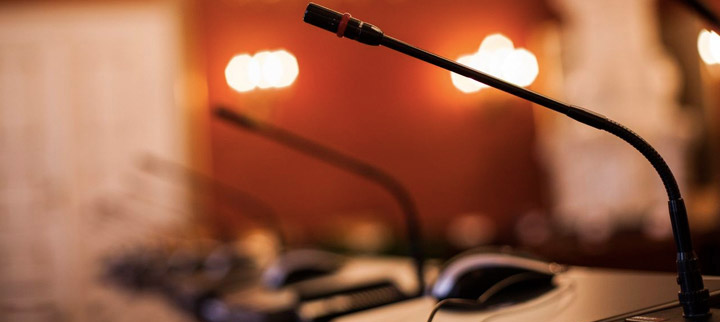
Members of the Inner Cabinet are the Prime Minister and deputy prime ministers.
The Inner Cabinet:
- proposes the implementation of Government policy
- monitors the realisation of the Government's work programme
- considers important legislative proposals before the Government session, and
- harmonises the work of Government members.
Other members of the Government may also be invited to sessions of the Inner Cabinet, as well as other persons designated by the Prime Minister. The Inner Cabinet is obliged to consider draft proposals of system legislation and programme materials, which amend important elements of the system before they are included in the agenda of a Government session.
Government Sessions
The Government renders decisions by a simple majority of votes of all members of the Government, and if the votes are equally divided, the Prime Minister has the casting vote.
In the work of Government sessions, only members of the Government take part with the right to vote, and the Government cannot make decisions if a majority of members of the Government is not present. The Prime Minister or Inner Cabinet may decide to hold a Government session without the presence of the majority of members, whereby the absent members of the Government may vote by telephone or fax, or by email (a decision rendered in this way is to be confirmed at the next Government session when a vote is taken to accept the minutes).
The Government may exceptionally render decisions by a two-thirds majority vote when the competent institutions propose: an amendment to the Constitution, association or disassociation with other states, changes to the borders of the Republic of Croatia, dissolution of the Croatian Parliament or calling a state referendum. As an exception, when the Government is not able to meet (at a time of war or under immediate threat to its independence, integrity and the survival of the Republic of Croatia, and major natural disasters), the Inner Cabinet of the Government decides on issues under the competence of the Government. The decisions of the Inner Cabinet of the Government shall be confirmed at the next session of the Government.
Previous Governments
The Reform Government (Domestic Coalition and Bridge) was the thirteenth Croatian Government, and Tihomir Oreskovic was the eleventh Croatian Prime Minister.
The coalition Government of Zoran Milanović (SDP, HNS, IDS and HSU) was the twelfth Croatian Government, and he was the tenth Croatian Prime Minister. During the term of this Government, Croatia became a full member of the EU.
The first Croatian Government, led by Stipe Mesić (then HDZ), began the process of transition from a socialist to a democratic multiparty system, and from a planned to a market economy.
The second Government, led by Josip Manolić (then HDZ), adopted the new Constitution of the RC, declared independence and was faced with the armed rebellion of some Croatian citizens of Serbian nationality, and open aggression by the Yugoslav National Army.
The third Croatian Government was the Government of National Unity, under the leadership of Franjo Gregurić, formed under wartime conditions from representatives of all parliamentary parties and experts. It organised defence, cared for displaced persons, established monetary independence and won international recognition for Croatia.
Learn more
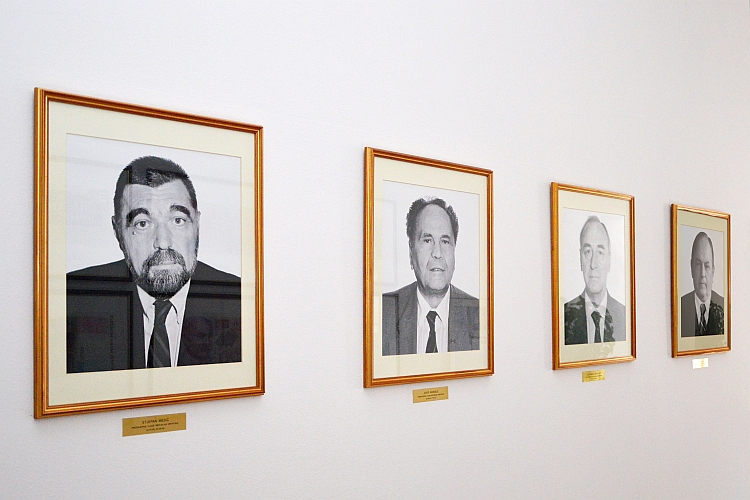
The Government and Parliament
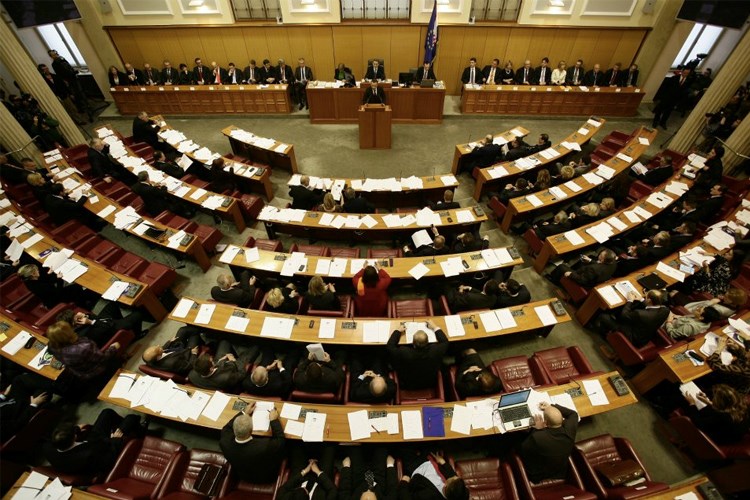
The Government assumes its duties when it receives the confidence of the majority of all Members of the Croatian Parliament. After the Prime Minister and members of the Government have been officially sworn in, they become responsible to the Parliament of the Republic of Croatia.
At what is known as "question time", Members of Parliament have the right to ask the Government questions. The Government informs the Parliament about its work, the policies it is implementing, in general or in an individual field, the implementation of laws and other legislation, and about other matters within its competence. Once a year, at the beginning of the second regular session of Parliament, the Prime Minister presents to Parliament a verbal annual Government report, whilst at the beginning of the first annual session of Parliament he submits a report on the meetings held at the European Council in the previous year.
Learn more
Banski dvori
The seat of the Government is in Banski Dvori at 2 St. Mark's Square, a building which is a key example of Baroque Classicism. Since 1808 it has been used for the needs of state administration, and from 1809 to 1918 it was the home of the Croatian viceroys (bans), from which it acquired its name.
In 1990, Banski Dvori became the seat of the Office of the President of the Republic of Croatia, and the Croatian Government.
A plane of the Yugoslav National Army (JNA) shot at the building on 7 October 1991 and caused serious material damage.
In 1992 the Office of the President of the Republic of Croatia moved to Pantovčak, and since then Banski Dvori has been the seat of the Government of the Republic of Croatia. It is inscribed on the list of protected heritage of the Republic of Croatia and the facade of the building was restored in 2008.
